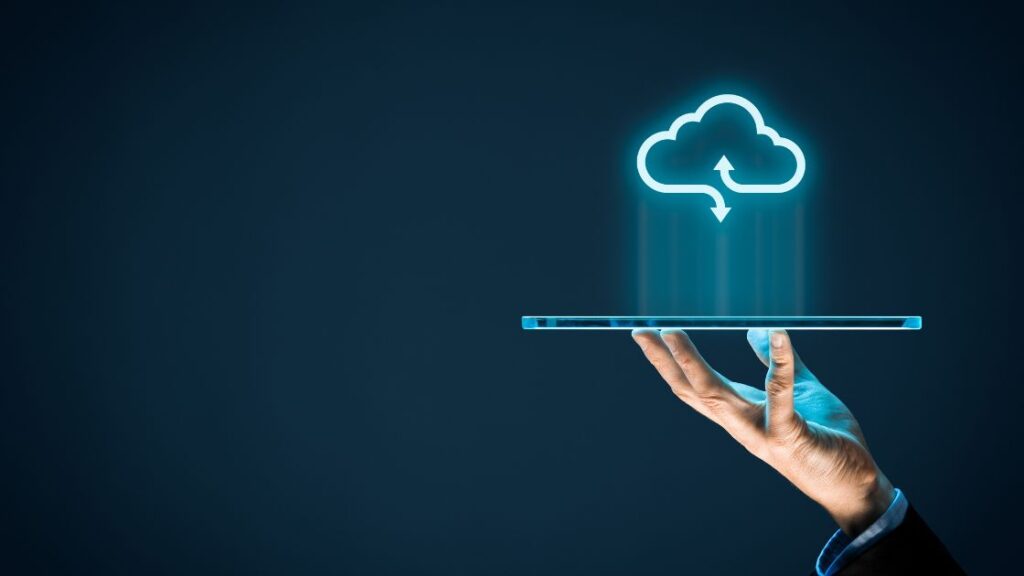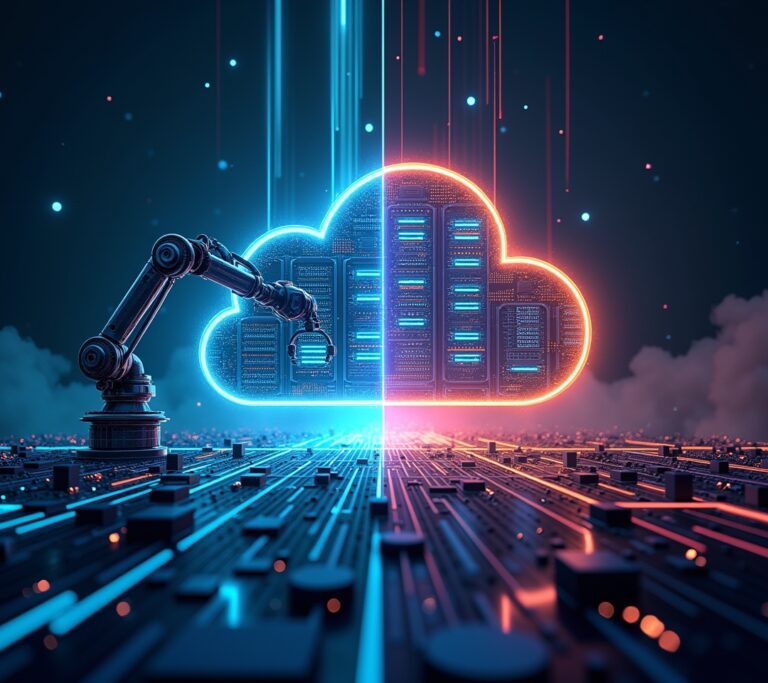Advertisements
How I Got Pulled Into the Cloud
A few years ago, I didn’t think twice about where my files were stored or how my favorite apps worked. But once I started working remotely and traveling more, I began relying heavily on cloud services—Google Drive, Dropbox, Zoom, and even cloud-based video editing tools. I couldn’t ignore it anymore: cloud computing had quietly taken over my life.
The more I dug into it, the more I realized we’re standing at the edge of a huge technological leap. So today, I want to share where cloud computing is heading, what trends to watch in 2025, and why you should care—whether you’re a digital nomad, tech lover, or just someone using your phone every day.
Edge Computing Is Taking the Lead

First, let’s talk about something that blew my mind recently: edge computing. Instead of sending all data to a centralized cloud server, edge computing processes data near the source—your device or local node. I first noticed this when using real-time language translation apps while traveling in rural Japan. They worked flawlessly with little to no delay.
This trend matters because it means faster response times, lower latency, and less strain on global networks. As more devices join the Internet of Things (IoT), edge computing will become essential for things like smart traffic systems, healthcare monitoring, and even self-driving vehicles.
Multi-Cloud Strategies Are the New Normal
When I first heard the term “multi-cloud,” I figured it was just tech jargon. But it turns out, it’s already reshaping how companies operate. Rather than relying on a single provider like Amazon Web Services or Microsoft Azure, many businesses are now spreading their workloads across several clouds. Why? To reduce risks, improve performance, and stay flexible.
I saw this firsthand when helping a friend set up a scalable travel booking platform. By using both AWS and Google Cloud, we kept costs in check and avoided service disruptions. Going forward, multi-cloud strategies won’t just be smart—they’ll be necessary.
AI and Cloud Are Becoming Best Friends
You can’t talk about cloud trends without mentioning Artificial Intelligence (AI). What surprised me is how deeply AI and cloud computing are starting to depend on each other. AI needs massive computing power and data storage, and the cloud offers both.
During a recent project involving photo organization for my travel blog, I used an AI-powered app that scanned thousands of pictures and grouped them by location, people, and theme. It processed all of that via cloud servers. In 2025, expect AI to become even more embedded in cloud services—from predictive analytics to smart automation in business and personal tools.
Cloud Security Is Finally Catching Up
I used to worry a lot about storing personal files and financial data in the cloud. However, recent advances in cloud security are changing that. Encryption has improved dramatically, and providers are now offering zero-trust architecture, meaning no one—including insiders—gets access without constant verification.
Still, I always recommend enabling two-factor authentication and keeping backups, just in case. But overall, the future of cloud computing looks safer than ever, and that’s a huge win for users everywhere.
Serverless Computing Is Changing How We Build
One of the most exciting trends I stumbled upon recently is serverless computing. While the name is a bit misleading (there are still servers), it essentially means developers don’t need to manage infrastructure. They just focus on writing code, and the cloud provider handles everything else.
A travel startup I worked with used this to build a lightning-fast itinerary generator. They launched in weeks, not months. This speed and flexibility are exactly why serverless architecture is gaining serious momentum in 2025.
Sustainability in the Cloud Is Now a Priority
As someone who cares deeply about our planet, I was thrilled to learn that cloud providers are stepping up their sustainability efforts. From switching to renewable energy to designing efficient data centers, tech giants are working hard to reduce their environmental footprint.
Next time you save a file or stream a video, know that cloud infrastructure is becoming greener by the day. If we want our tech future to be sustainable, this shift is not optional—it’s essential.
The Rise of Cloud Gaming and Streaming
If you’re into gaming or content creation, you’ve probably noticed how platforms like NVIDIA GeForce Now, Xbox Cloud Gaming, and Adobe Creative Cloud are transforming access. I recently edited a travel vlog entirely through cloud-based tools while sitting in a mountain cabin with nothing but a decent Wi-Fi connection.
Gaming and content creation no longer require expensive hardware. All you need is a strong internet connection—and thanks to the cloud, that’s more than enough.
Cloud-Native Applications Will Dominate

Lastly, keep an eye on cloud-native applications. These are built specifically to run on cloud platforms from day one. They’re faster, more scalable, and often more secure. More companies and even governments are switching to cloud-native systems to stay agile.
I’ve found that even my day-to-day apps—from language learning to itinerary planning—are now mostly cloud-native. That tells me the future is clear: the cloud isn’t just a tool, it’s the foundation.
As I reflect on everything I’ve experienced and learned, one thing stands out: cloud computing isn’t just a backend solution—it’s transforming how we live, work, and travel. The trends for 2025 show a clear shift toward faster, smarter, and more sustainable cloud-based systems.
So if you haven’t already started paying attention to where your data goes and how your apps run, now’s the time. The cloud isn’t up in the sky anymore—it’s right in your pocket.
If you enjoy tech insights with a human touch, stick around on Tech Digest for more posts like this. I’ll keep sharing what I learn as the digital world keeps evolving.




[…] Want more tech tips like this? Stay tuned to Tech Digest for in-depth guides, honest reviews, and everything you need to stay ahead of the curve. […]